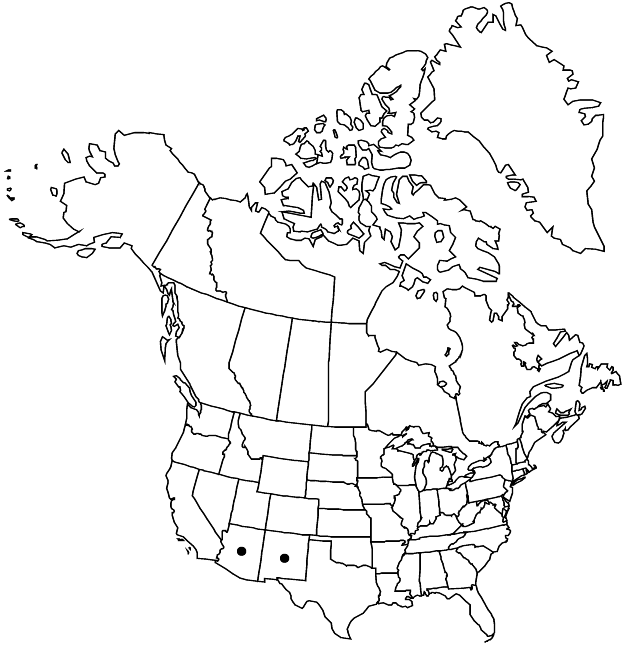Stellaria porsildii
Syst. Bot. 17: 29, fig. 1. 1992.
Plants perennial, erect to straggling, rarely clumped, never compact and cushion-forming, from slender rhizomes. Stems erect, diffusely branched, rarely elongate and straggling, branched mainly at base, 4-sided, 9–20 cm, glabrous. Leaves sessile; blade green, never glaucous, linear to linear-lanceolate, widest at or near middle, 2.7–3.5 cm × 2–3 mm, not succulent, base cuneate, margins entire, apex gradually acuminate, acute, glabrous with few cilia at base. Inflorescences with flowers solitary, terminal or axillary in distal foliage leaves. Pedicels erect, 18–50 mm, glabrous. Flowers 7–10 mm diam.; sepals 5, midrib prominent, lateral veins obscure, ovate-lanceolate to lanceolate, 4–6 mm, margins narrow, membranous, apex acute, glabrous; petals 5, 4–6 mm, equaling or slightly longer than sepals, blade apex deeply divided into 2 oblanceolate lobes; stamens 10; styles 3, ascending, curled at tip, 2–3 mm. Capsules black, oblong, 6–8 mm, slightly longer than sepals, apex obtuse, opening by 6 valves; carpophore absent. Seeds dark brown, broadly ovate, 0.8–1 mm diam., shallowly tuberculate. 2n = 26.
Phenology: Flowering early summer.
Habitat: Willow thickets, open forests and woodlands on slopes of mountains
Elevation: 2400-3600 m
Discussion
Of conservation concern.
Stellaria porsildii is closely related to S. longipes and S. longifolia and tends to be intermediate between them, with somewhat larger, solitary flowers. Its leaves tend to be more like those of S. longifolia, but they lack the papillate-scabrid margins, and have a few long cilia at the base. It is postulated that the polyploid S. longipes complex arose through hybridization between S. porsildii and S. longifolia, both of which are diploid (C. C. Chinnappa 1992). The two species can be hybridized but the artificial hybrid is diploid.
Stellaria porsildii can be very difficult to distinguish from forms of S. longipes, and a confirmatory chromosome count is desirable, at least for records from new locations. The total absence of minute papillae on the stems and leaf margins distinguishes both species from S. longifolia. The presence of a few long cilia at the base of the leaves is a useful indication of S. porsildii, but such cilia often are present in S. longipes. Confirmatory characters for S. porsildii are the open, erect to straggling habit of the plant (never compact and cushion-forming), and the leaves, which are green (never glaucous), soft (not stiff or coriaceous), always narrowly linear-lanceolate, and tending to be widest near the center of the lamina (not lanceolate and widest at the base).
Selected References
None.
